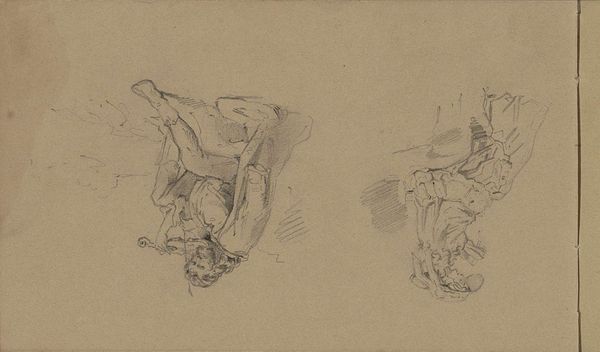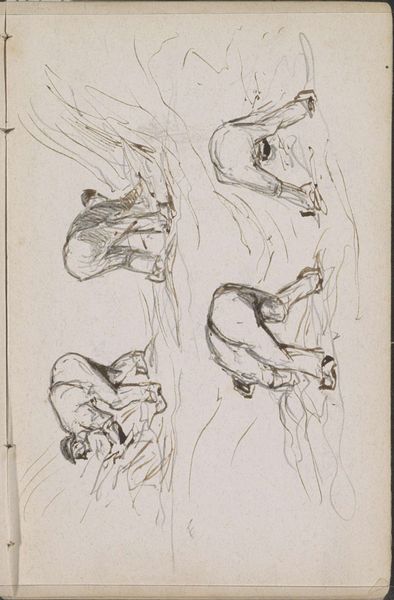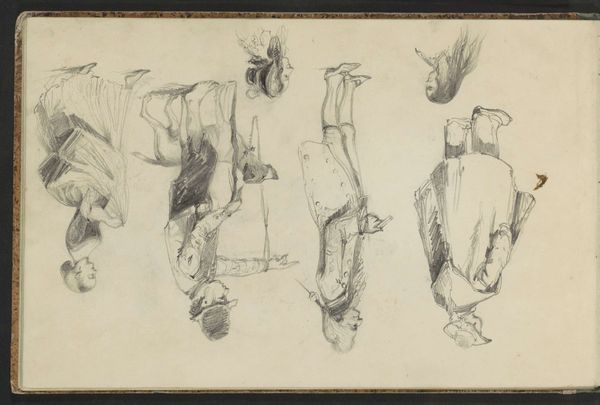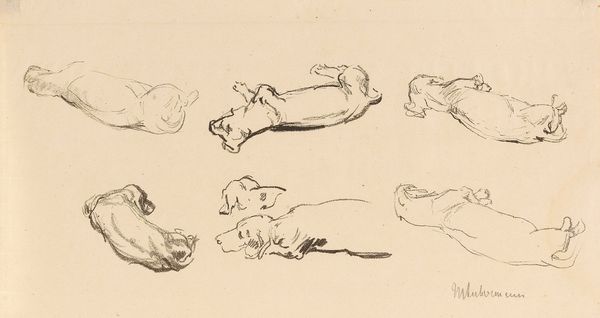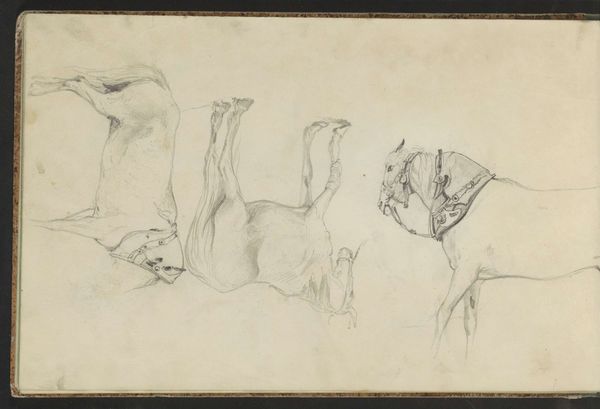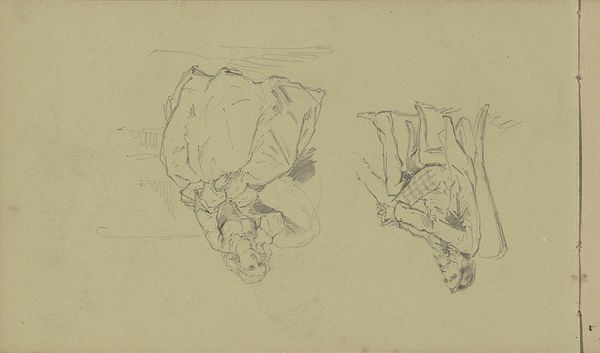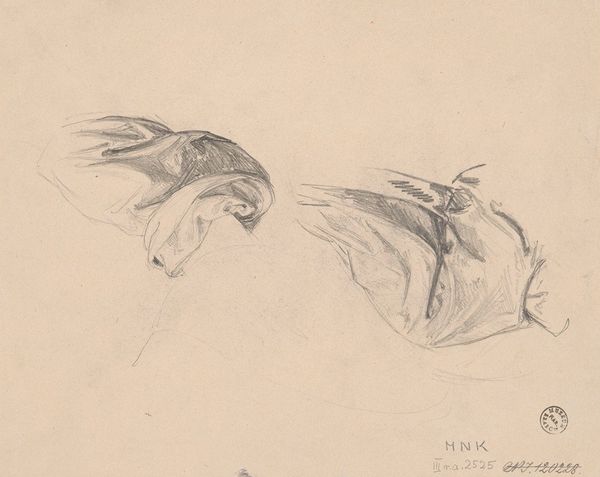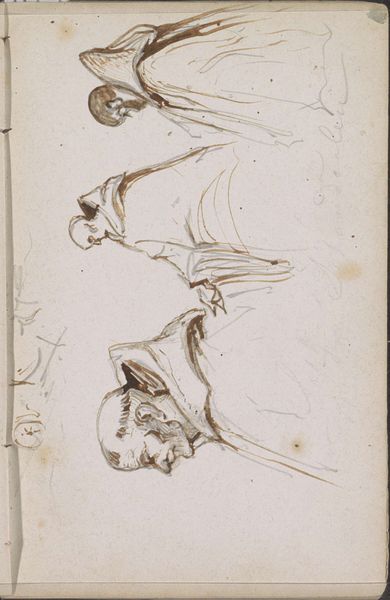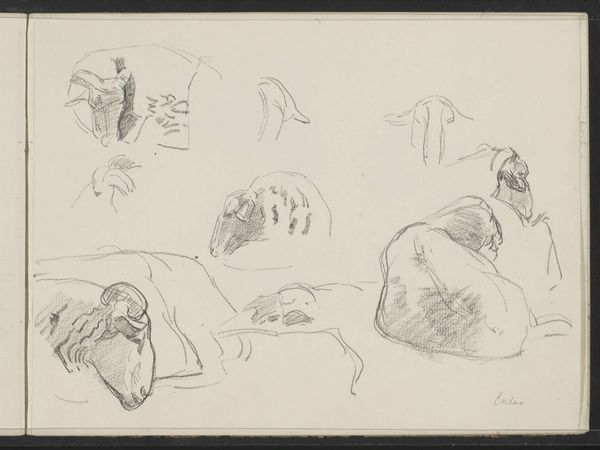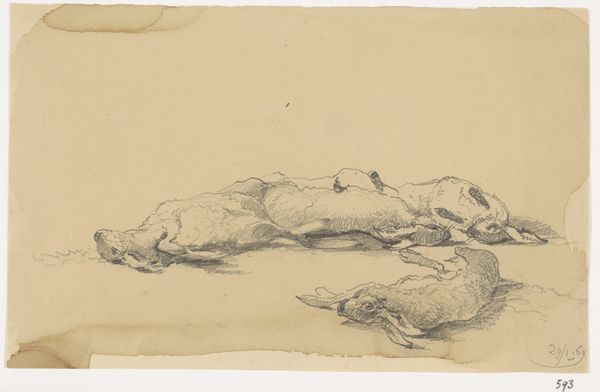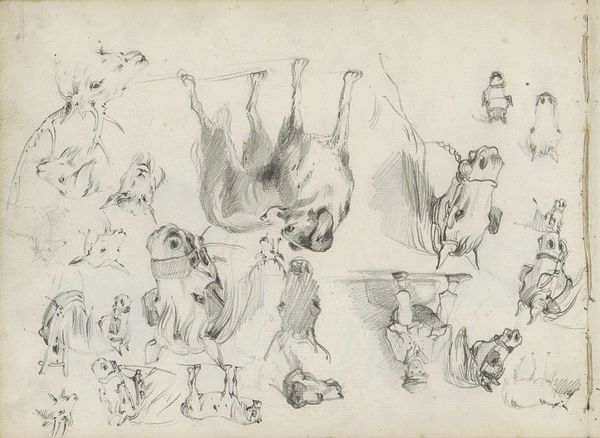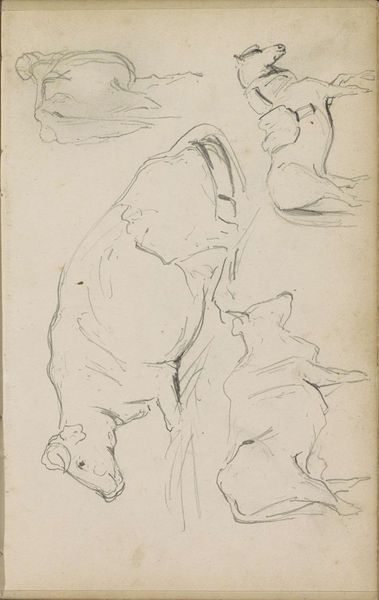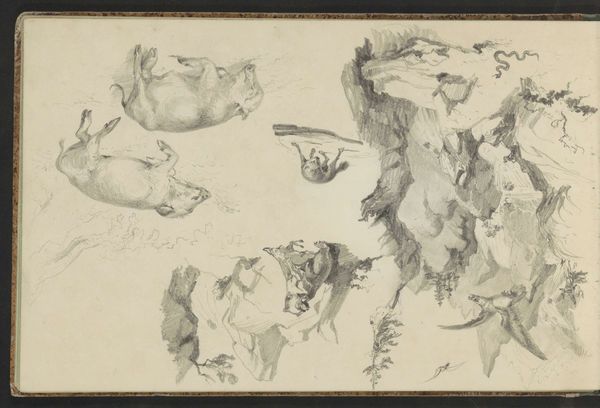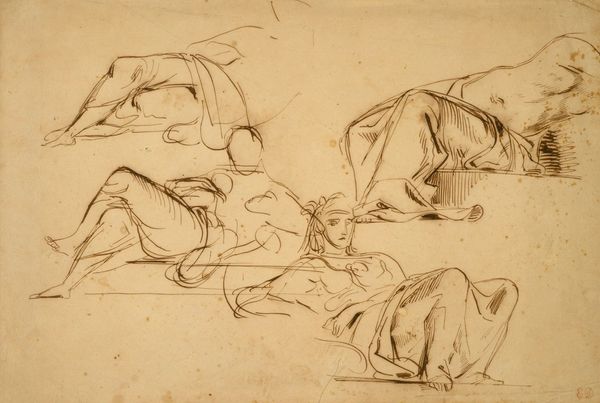
drawing, paper, pencil
#
drawing
#
pencil sketch
#
paper
#
pencil
#
realism
Copyright: Rijks Museum: Open Domain
Editor: Here we have Johannes Tavenraat's "Stukken ham," created between 1871 and 1879 using pencil on paper. It’s a seemingly simple study of ham pieces, but the starkness of the subject matter and the intense focus on texture makes it quite striking. What do you see in this piece? Curator: Well, beyond the immediate visual, this drawing speaks to the socioeconomic realities of the time. The careful depiction of food, even something as humble as ham, reflects the increasing importance of the domestic sphere and the burgeoning middle class. How were class dynamics at play regarding the food available? Editor: I hadn't thought of it that way. So, you're saying it's less about the ham itself and more about what it represents socially? Curator: Precisely! Think about the context: late 19th century. Food and its representation in art were increasingly linked to ideas of comfort, stability, and even status. Tavenraat's realism isn’t just about accurately portraying the ham; it's also about making a statement, subtle as it may be, about access and availability. Who had access to this kind of food and what did it signify? Editor: It’s interesting to consider that even still life can be loaded with commentary. What about the choice of medium – just pencil on paper? Curator: The use of pencil allows for a kind of stark honesty. The lack of color forces us to confront the reality of the subject matter, the very materiality of food, and perhaps its connection to labor and resources. The drawing doesn't romanticize anything. It simply presents the ham, inviting us to question its place within a larger system. Editor: So it challenges us to think about food beyond just sustenance or simple aesthetics. Curator: Exactly. We should examine how power structures of the time affect representations and access of even the basic materials of daily life, from food to gender dynamics, for example. Food becomes a starting point for considering broader cultural and political landscapes. Editor: I’ll definitely look at still life differently now. Thanks for expanding my perspective! Curator: My pleasure! Always remember to situate the artwork in the period it was created and to draw your attention to philosophical perspectives and broader political dimensions to uncover deep implications.
Comments
No comments
Be the first to comment and join the conversation on the ultimate creative platform.
